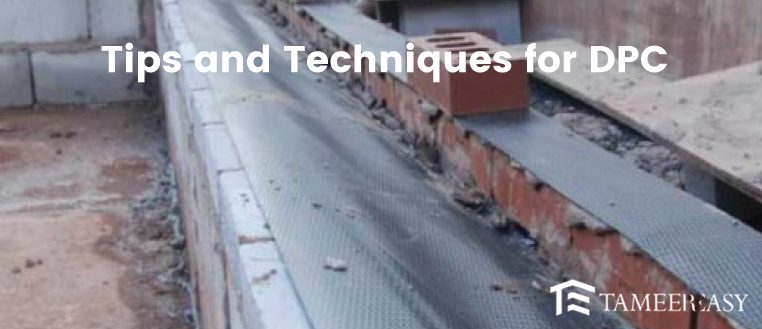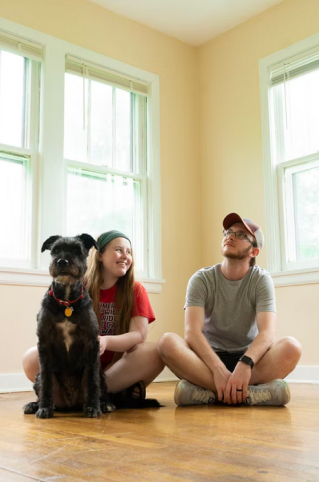A vital component of construction, a damp proof course (DPC) protects buildings from moisture intrusion and subsequent damage. Following best practices during DPC installation is crucial for maintaining any construction project’s longevity and structural integrity, regardless of whether you’re an experienced builder or a DIY enthusiast.
Visit TameerEasy Store to Purchase Quality Construction Items
This post will examine ten crucial approaches and ideas to consider when performing DPC installation.
The Top Ten Methods and Strategies for Installing a DPC
1). Choose the Right Material
Making the right DPC material choice is essential. Metal sheets, plastic membranes, and bitumen sheets are typical alternatives. The decision should consider elements, including the building’s location, the soil type, and the anticipated moisture levels.
2). Positioning is Key
DPC must be placed correctly for it to be effective. To avoid rising humidity, install the DPC layer horizontally above ground level, typically at the foot of the walls.
3). Seam Overlap
In order to establish a continuous barrier against moisture while utilizing membrane-type DPC, seams must substantially overlap. Water cannot penetrate properly sealed seams.
4). Vertical DPCs
Consider vertical DPCs for places with a high risk of dampness around door and window openings. Particularly in areas that frequently get heavy rain, these prevent lateral moisture incursion.
5). Integrate with Brickwork
To guarantee a tight fit during construction, gently insert the DPC material into the mortar joints of the brickwork. This stops water from leaking through cracks.
6). Sloping Away from Building
The ground should slope away from the building’s foundation. This prevents water from collecting at the base and jeopardizes the DPC’s performance by directing it away.
7). Thorough Inspection
Frequently check the DPC for damage, especially following any construction work that takes place close to the DPC. Repairs must be made immediately because damaged DPC might cause moisture intrusion.
8). Complementary Building Components
Installing the DPC should be coordinated with the flashing and weep holes on the building. Together, these help direct water away from delicate locations.
9). Professional Installation
Although some DIY enthusiasts might attempt DPC installation, leaving it to experts is frequently preferable. Certified contractors have the training and tools necessary to guarantee precise installation.
10). Follow Manufacturer Guidelines
Always follow the instructions provided by the manufacturer for the particular DPC material. This covers installation methods, suggested overlaps, and particular safety measures.’
Conclusion
The installation of a DPC is not something to be done casually. The efficiency of your damp proof course can be significantly improved using these ten suggestions and procedures, which will ultimately protect your structure from moisture-related problems. Remember that the caliber of your DPC installation strongly impacts the lifetime and durability of your construction.
You can ensure that your construction project withstands the test of time without succumbing to the destructive effects of moisture by selecting the right material, positioning it correctly, and doing routine inspections.








